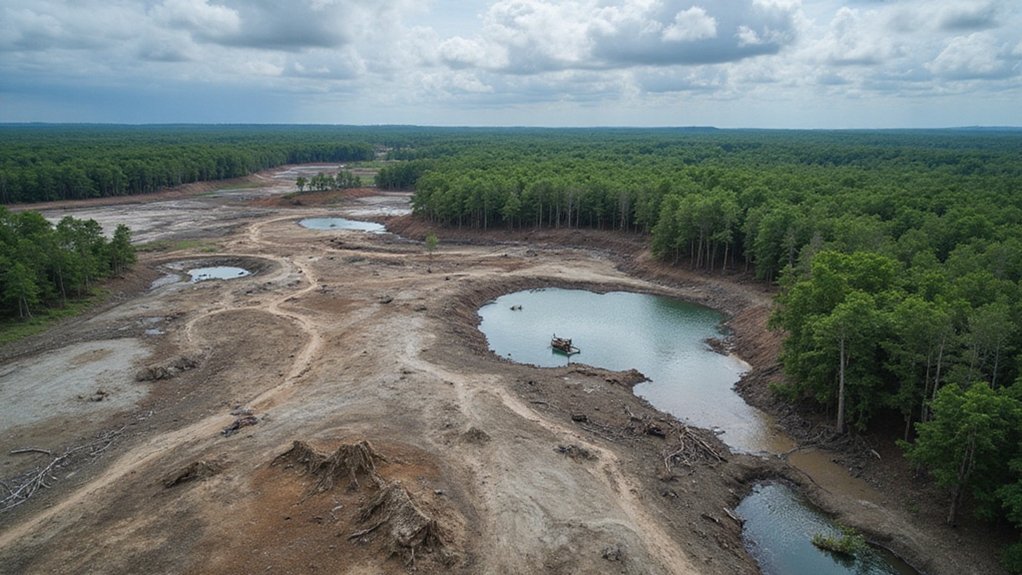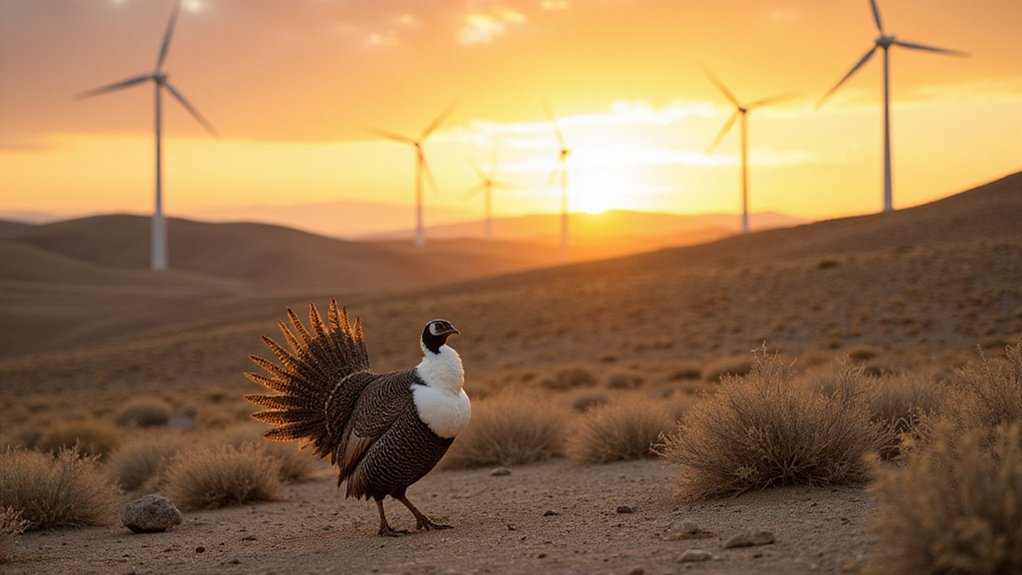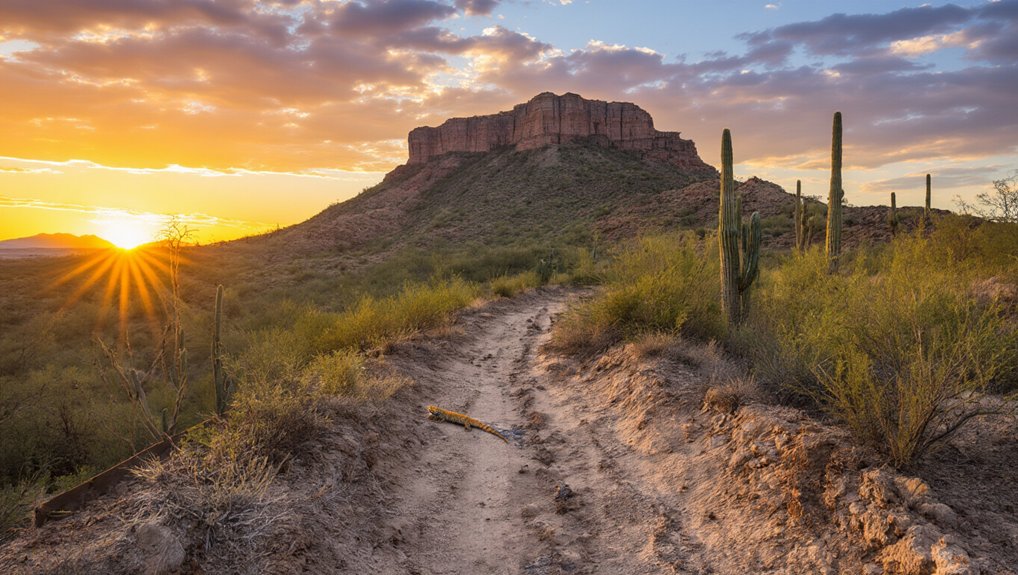Offshore wind farms present a darker side to green energy. These massive turbines disrupt crucial feeding areas for marine life, while underwater noise disorients mammals and fish. Construction destroys seafloor habitats, altering entire ecosystems. The economic truth isn’t pretty either — hidden costs reach £114/MWh, exceeding nuclear and gas options. Politicians love to champion renewables, but marine creatures can’t vote. The environmental math just doesn’t add up.
While politicians tout renewable energy as the clean path to a sustainable future, they often gloss over its significant drawbacks. Offshore wind farms may look impressive in government photo ops, but they’re wreaking havoc beneath the waves. These massive turbines aren’t just disrupting views—they’re directly overlapping with critical feeding areas for seabirds and marine mammals. Yeah, the same creatures environmentalists claim to protect.
The problems go deeper. Literally. Underwater noise and vibrations from both construction and day-to-day operations mess with marine life behaviors. Fish can’t communicate. Mammals get disoriented. It’s not exactly the peaceful sanctuary some might imagine.
Beneath the waves, turbines create chaos—disrupting communication among fish and leaving marine mammals adrift in their own habitat.
Construction activities alter seafloor habitats, affecting benthic species that form the foundation of marine ecosystems. These changes don’t just disappear after the ribbon-cutting ceremony. Unlike hydropower with its fish ladders and environmental solutions, offshore wind lacks comparable mitigation strategies for marine species.
Flying wildlife doesn’t fare much better. Birds and bats face increased collision risks with these giant spinning blades. Some species can’t adapt fast enough to these new obstacles placed directly in their flight paths. Migratory patterns developed over thousands of years are suddenly disrupted by man-made structures appearing virtually overnight.
The economic angle isn’t pretty either. Hidden costs of renewable energy can reach £114/MWh, surpassing the actual generation costs of nuclear and natural gas energy. Many renewables require substantial government subsidies to remain economically viable despite claims about being the cheapest form of electricity. Grid balancing expenses due to intermittent sources like wind amounted to £3.1 billion in the UK alone. Someone’s paying for that—and it isn’t the energy companies.
Restricted fishing areas near wind farms create a bizarre dynamic. They function as de facto marine sanctuaries but potentially force overfishing in remaining available areas. The math doesn’t add up. We’re “saving” one area by potentially destroying another.
The cumulative impact alters food webs and local population dynamics in ways we’re only beginning to understand. What’s particularly concerning is that many of these high-risk zones containing valuable marine habitats fall completely outside existing MPAs. But hey, at least politicians can claim they’re “doing something” about climate change. The marine life? They don’t vote. They just have to adapt—or die trying.








